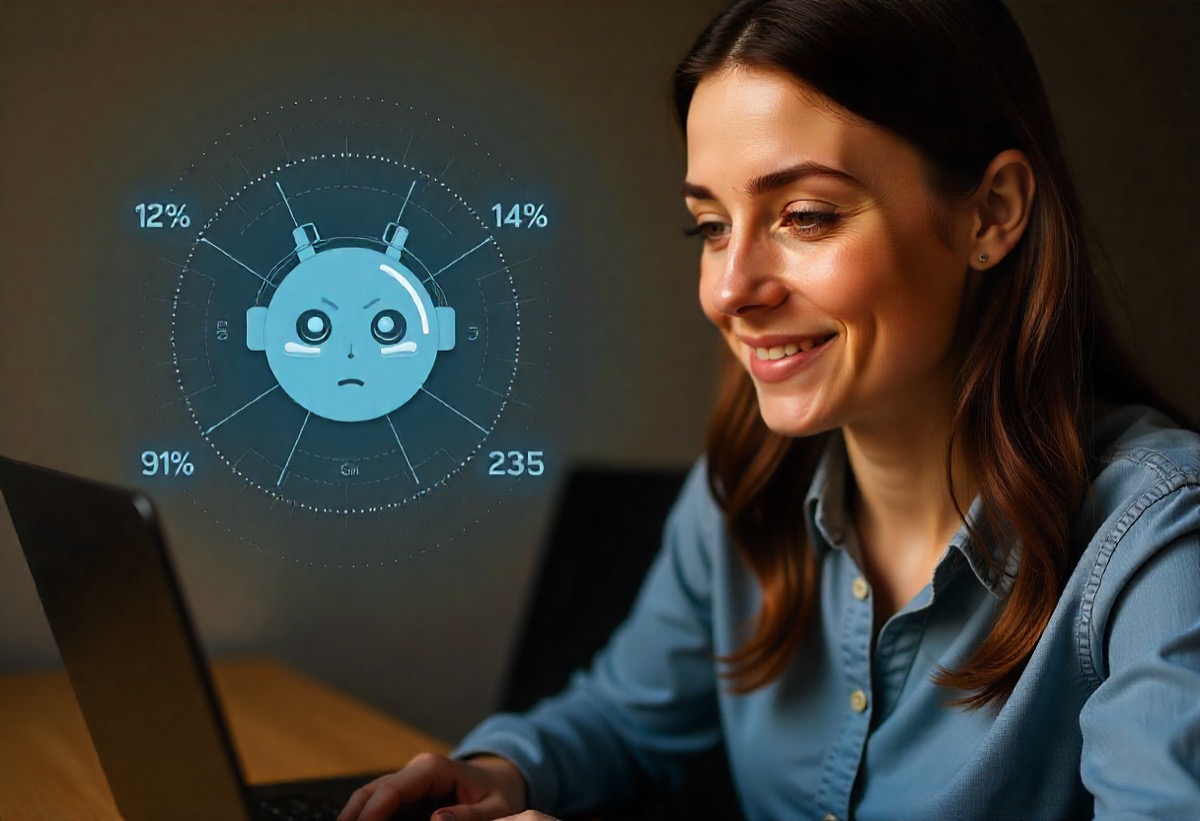Chatbots have long since evolved from mere text windows on a website. With natural language processing (NLP) and text to speech technology, they can now have spoken conversations that sound almost human. It’s not only about answering questions but doing so in a way that sounds natural, compassionate, and easy to understand. When NLP and TTS come together, the outcome is a move away from robotic answers to conversational experiences that people really want to interact with.
Continue reading to know that the integration of NLP with TTS is resulting in chatbots answering queries in natural-sounding voices.
Why Natural Sound Is Important
A robotic or flat-sounding chatbot puts users at arm’s length from the technology. Humans respond more when the voice sounds real. Tone, rhythm, and emotional inflection are important. A user inquiring about a delayed delivery shouldn’t be told the same thing as a user inquiring about store hours. Voices that sound natural remove the robotic feel and approach something more like conversing with a friendly individual.
The Rise of Conversational Interfaces
For many years, most chatbots existed in text-only form. They were convenient but restrictive. People typed in queries, read responses, and frequently worked through awkward menus. Voice assistants such as Alexa and Siri demonstrated that a majority of users like to talk to technology. Providing a voice layer to the chatbot makes it more accessible, quicker to use, and more personal. That is where TTS came in as the missing link.
Advancements in TTS Technology
The earlier text-to-speech technologies used to provide a monotone sound with stilted pauses. Now, neural network frameworks have done away with that. Deep learning models are able to pick up speech nuances, and the output comes with rhythm, pitch modulation, and even regional accent. There are some TTS systems that can modulate tone to convey empathy, urgency, or calm. This enhances interactions to be smoother as well as more sensitive to context.
How NLP and TTS Collaborate
NLP is the cognitive center of the chatbot. It enables the system to comprehend human language, read intent, and determine the appropriate response. TTS is the voice. It transforms that response into speech that is steadily more real-sounding. They are a pipeline: user input is fed through NLP, an answer is produced, and then TTS gives it out loud. The less bumpy this process is, the more natural the interaction will feel.
Practical Benefits of Voice Chatbots for Businesses
Companies get more than novelty from voice chatbots. Voice chatbots sound natural and enhance customer satisfaction, reduce response time, and cut frustration. In service-oriented sectors such as banking, healthcare, and retail, voice chatbots assist in handling large call volumes without burdening human resources. They also provide access to individuals who prefer or need voice communication over text.
The two biggest advantages are:
- Increased Accessibility
Accessibility is one of the most powerful reasons to combine NLP and TTS. Not everybody can read from a screen comfortably. Individuals who have visual impairments or reading difficulties really appreciate voice-based systems. Voice-speaking chatbots offer independence and inclusion, making digital services accessible to more people.
- Customization and Brand Identity
TTS voices are no longer generic. Business owners can select voices that mirror their company’s personality, which could be professional, friendly, relaxed, or lively. Some even train models to produce bespoke voices that differentiate them. Such personalization makes interactions special while building a company’s character. Rather than a generic robot, consumers feel as though they are conversing with a unique brand ambassador.
Challenges and Limitations
Albeit progress, the technology is not perfect. NLP continues to face challenges with slang, sarcasm, or highly complicated questions. TTS, as natural, can sometimes mispronounce proper nouns or technical jargon. Dependence on bots and a lack of human backup can also drive users crazy when the system cannot resolve an issue. Automation versus human backup remains imperative.
Ethical Considerations
As voices sound more natural, there are ethical considerations. Should users always be aware when they are having a conversation with a bot? How do firms keep privacy safe when conversations are stored or analyzed? There is also a fear of synthetic voices being used to impersonate real individuals. Transparency and good safeguards will be important to keep people trusting.
The Future of NLP and TTS Integration
In the future, voice-activated chatbots will become the norm. As advancements continue, speech will sound even more natural. Emotional intelligence could be added, enabling bots not just to speak correctly but also with the correct emotional inflection. Multilingual TTS can also become a reality, making international interactions easier and eradicating language barriers in customer care and more.
Conclusion
The combination of NLP and TTS has turned chatbots from text boxes into conversational partners. With voices made natural, expressive, and available, companies build deeper user experiences that extend far beyond the simple support. The road has just begun, but the work they have accomplished so far reveals how voice technology is redefining digital conversation. What was robotic and confined is rapidly becoming engaging, personal, and inviting.


